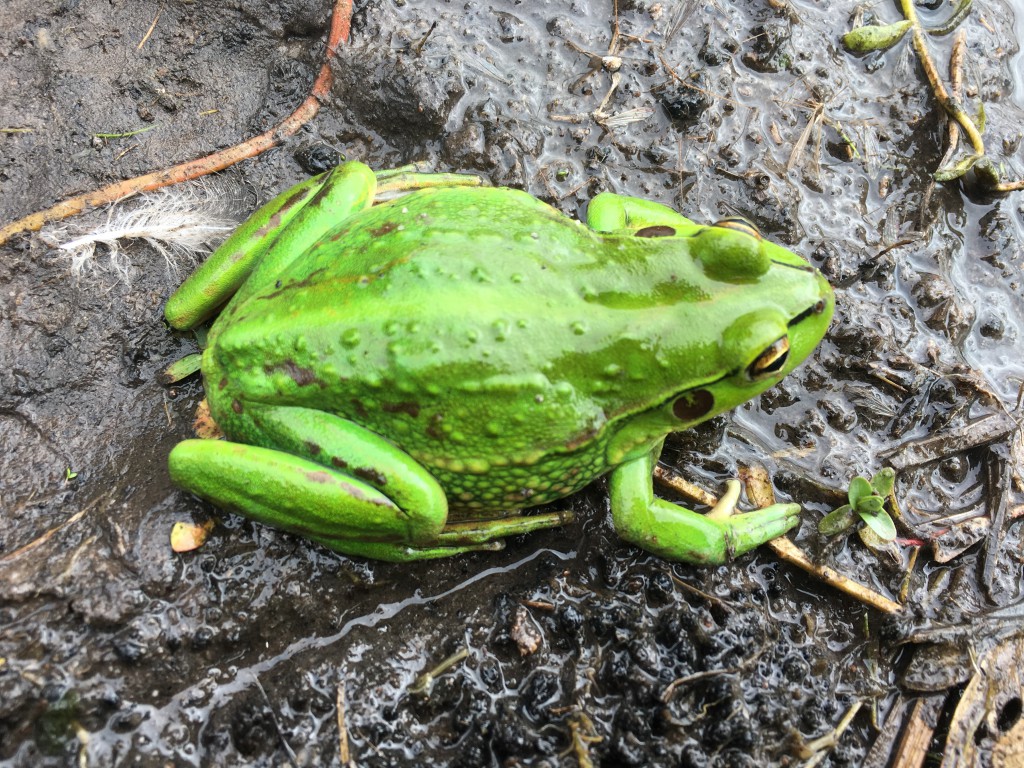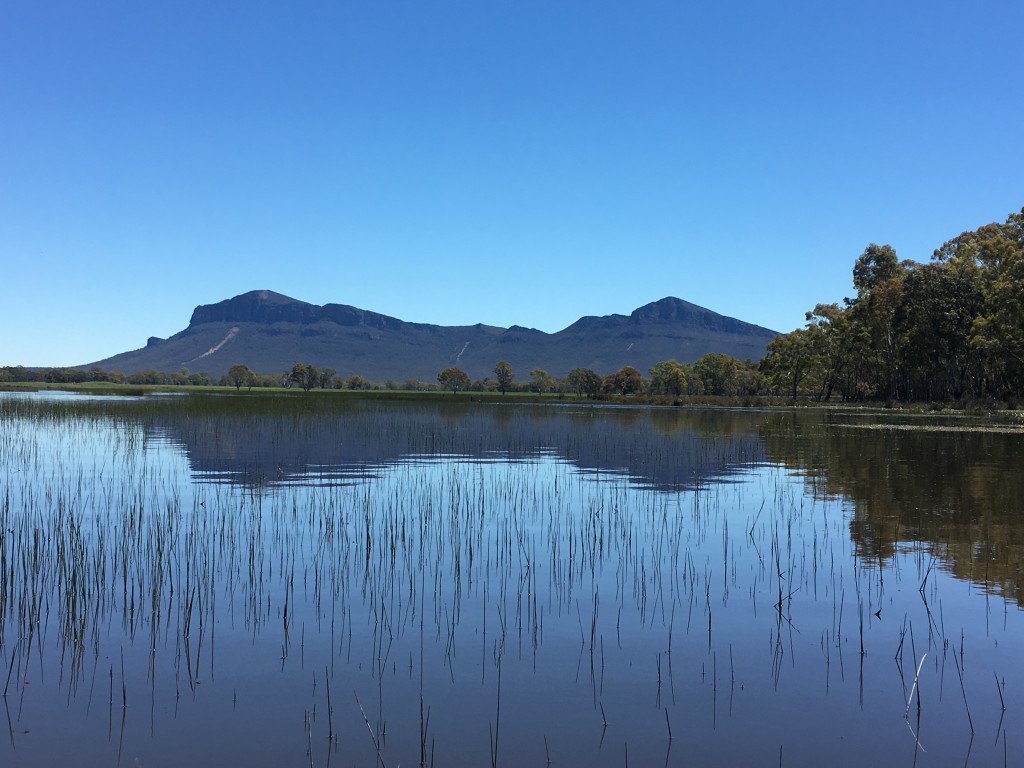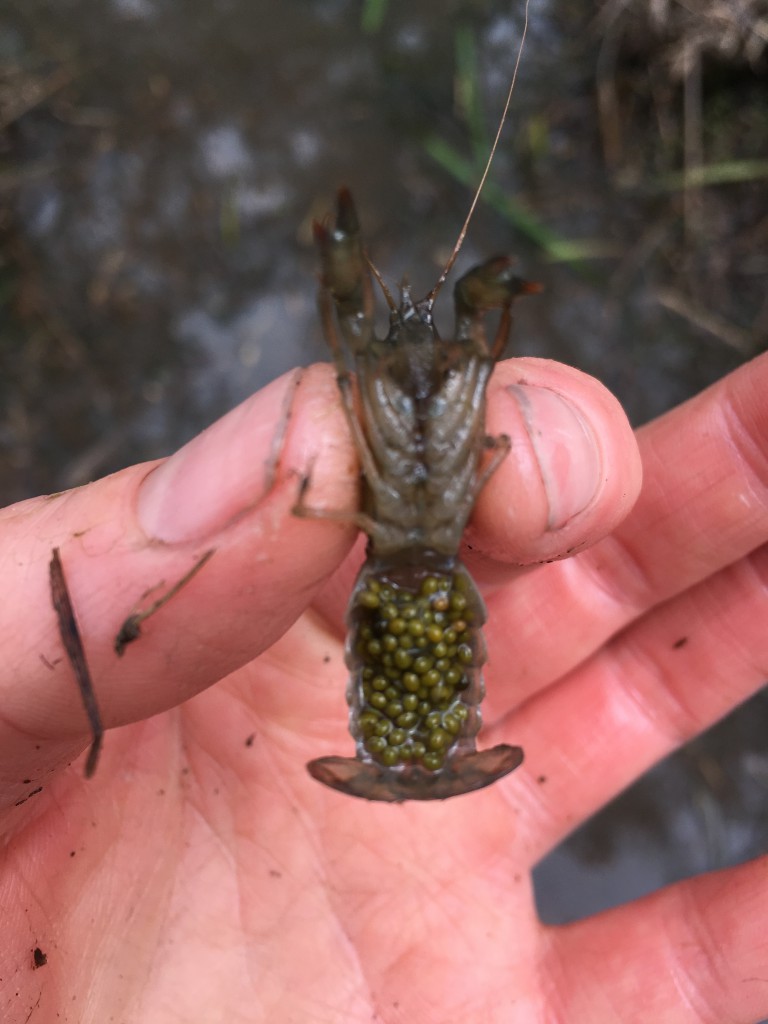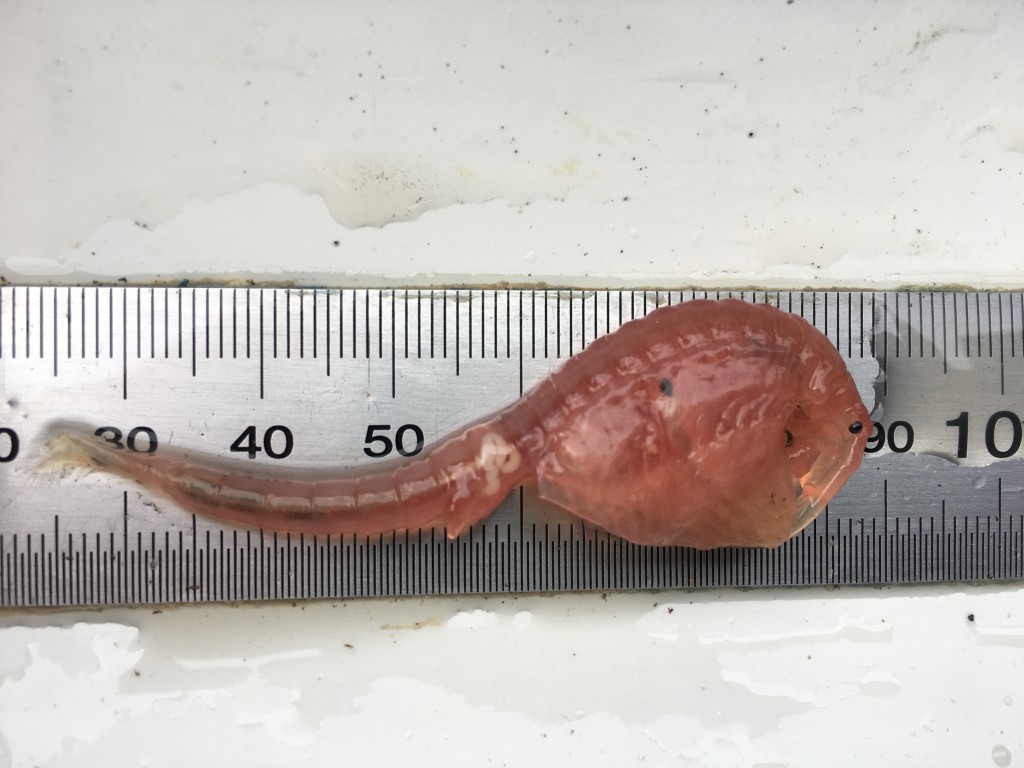Growlers Bouncing Back at Brady Swamp
Being out on Brady Swamp in a kayak, looking up at the Grampians and listening to the awe-inspiring sound of growling grass frogs (also called southern bell frogs) was one of those moments of self-reflection. A time to stop and truly appreciate how lucky you are to be doing what you’re doing.
To refresh your memory, Brady Swamp is part of an extensive wetland complex of the upper Wannon River, near Dunkeld in south west Victoria. Artificial channels were constructed in the 1950s to drain these wetlands and support agricultural productivity. Over the past three years, Nature Glenelg Trust has been working with landholders and local agencies to reduce the extent of artificial drainage. To recap, a DELWP funded (formerly Living Victoria Fund) project enabled NGT to permanently re-instate the original earthen banks of two major floodplain wetlands that were breached through artificial drainage.
While last year’s low rainfall was insufficient to see the wetlands receive flows, this year’s significant falls have converted Brady Swamp from a dust pan into an aquatic paradise. Brady Swamp and the abutting Gooseneck Swamp inundated to levels not seen since the major floods of about 5 years ago, and, thanks to our restoration work, are now a chance to retain water throughout the coming summer. The extended period of inundation achieved through the restoration will assist critical reproductive processes of species such as the threatened growling grass frog (Litoria raniformis) which reproduce during spring to early summer.
Brady Swamp Wetland Complex is home to two other threatened species that will also benefit from the increased period of inundation – the western swamp crayfish (Gramastacus insolitus) which is endemic to the Grampians, and the little galaxias (Galaxiella toourtkoourt). Both species are reliant on this wetland floodplain habitat for breeding success and each have specific physiological attributes that allow them to persist in wetlands that become periodically dry. When surface waters disappear, little galaxias can survive for several months by becoming dormant (a state known as aestivation), while the western swamp crayfish seek refuge in damp burrows constructed by larger freshwater crayfish such as yabbies (Cherax destructor).
Each of these species typically only live for one year and therefore population success is largely dependent on annual spawning and recruitment. During recent monitoring, we were excited to record a good number of female western swamp crayfish in breeding condition. However, little galaxias were more difficult to detect which suggests the species may have taken a hit from the prolonged drying of the wetland throughout spring-summer of 2015/2016. On the flip side, little galaxias have evolved to capitalise on favourable conditions so we expect to see the species recover next year following a successful spawning.




